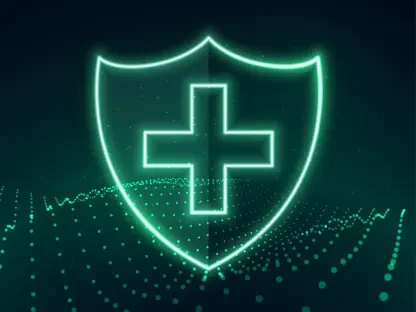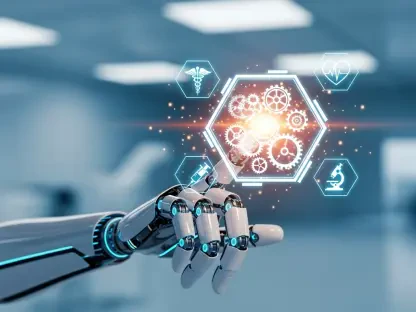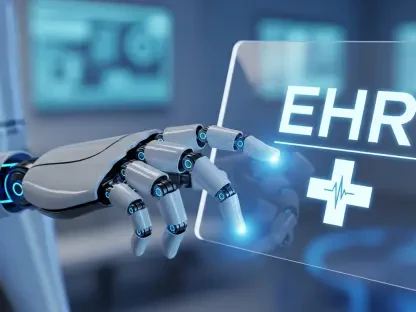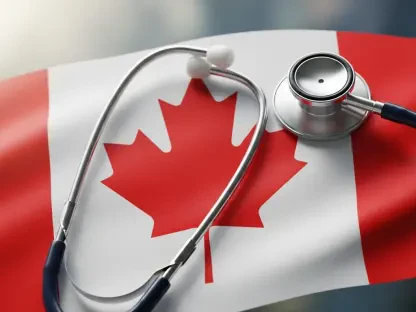Faisal Zain is a renowned expert in healthcare technology, dedicating his career to advancing the integration of medical devices that enhance diagnostics and treatment processes. His insights reflect years of dedication in the pursuit of making healthcare facilities more efficient and patient-centric. Today, we delve into the journey of how Chang Gung Memorial Hospital (CGMH) in Taiwan redefined the concept of a smart hospital—not by amassing technology, but by fostering a fundamental cultural shift.
Can you explain what you mean by a “smart hospital” not being solely dependent on technology?
A smart hospital isn’t about accumulating the latest gadgets or technologies. It’s about creating an environment that enhances decision-making and patient care through integrated systems. The focus should be on culture change within the organization, where technology serves as a tool to streamline processes, address clinical needs, and ultimately allow clinicians to dedicate more time to their patients.
How did Chang Gung Memorial Hospital start its journey toward becoming a smart hospital?
CGMH began its transformation by thoroughly assessing the maturity of its existing electronic medical record systems in 2015. This involved understanding the limitations and capabilities of their digital infrastructure, and deciding which areas needed enhancement to transition from just digital documentation to more effective data utilization that can inform clinical decisions and develop business intelligence.
What challenges did CGMH face when they began assessing their baseline EMR system maturity in 2015?
One of the significant challenges was realizing their substantial digital assets weren’t leveraged effectively for smart operations. They had digitalized documents and systems like PACS, but translating that data into actionable insights remained a hurdle. Additionally, data silos among the hospitals further complicated efforts to drive integrated clinical decisions.
Can you share more about why having digitalized medical documents wasn’t enough for CGMH to be considered a smart hospital?
Simply having digitalized medical documents doesn’t equate to being smart. These documents need to be part of a larger system that promotes interoperability and allows for data aggregation and analysis. It’s necessary to go beyond storage and move towards applications that provide real-time insights and enhance clinical workflows efficiently.
How did CGMH address the issue of siloed data among its hospitals?
After their HIMSS Stage 6 EMRAM validation in 2016, CGMH prioritized building a consolidated data warehouse. This allowed real-time data integration and virtualization, creating a more cohesive data environment where information could be recombined and applied in smart applications for clinical use.
What steps did the hospital take after achieving Stage 6 HIMSS EMRAM validation in 2016?
The hospital focused on enhancing its data infrastructure by investing in technology that promotes real-time data integration and information sharing across different units. They also emphasized developing applications and algorithms that assist in clinical decisions, leveraging their consolidated data warehouse.
Could you elaborate on what Dr. Lin means by culture change being essential to becoming a smart hospital?
Dr. Lin believes that technology implementation alone won’t yield success unless there’s an accompanying cultural shift. This means instilling a mindset focused on collaboration, openness to change, and continuous improvement, encouraging the staff to embrace new methodologies that go hand-in-hand with technological advancements to improve patient care.
How did CGMH identify and address the clinical needs of their staff during this transformation?
CGMH engaged directly with their clinical staff to pinpoint their pain points and areas needing improvement. Through this dialogue, they were able to develop solutions like the template builder, addressing specific needs such as simplifying the documentation process, which led to increased efficiency and satisfaction among the staff.
What role did staff resistance play during the implementation of new technologies, and how was it overcome?
Initially, there was resistance due to uncertainties and habitual workflows. This was addressed by involving staff in the change process, ensuring they understood the benefits and had input in shaping solutions. By actively responding to their concerns and tailoring technology to meet their actual needs, CGMH gradually gained staff buy-in.
Can you discuss the template builder feature and its impact on the documentation process at CGMH?
The template builder was a game-changer, allowing clinicians to create customizable templates for documentation. Coupled with the auto-fill feature, it reduced administrative burdens, made documentation faster, and improved data accuracy, thus decreasing the time spent on paperwork and increasing time available for patient care.
How does Dr. Lin suggest responding to the pain points of clinicians when implementing new technology?
Dr. Lin recommends a proactive approach by clearly identifying the pain points clinicians face in their daily routines and addressing them through methodologies aligned with broader standards, like HIMSS guidelines. The aim is to create user-friendly solutions that directly improve clinical workflows and outcomes.
What are technology competitions, and how have they influenced culture change at CGMH?
Technology competitions are innovative initiatives where staff members propose and develop new ideas using digital tools like smartphones. These competitions have fostered a culture of creativity and innovation, encouraging staff to engage with technology, leading to the development of various smart solutions and adoption of new frameworks.
Can you give examples of innovations developed through these technology competitions?
These competitions have spurred several developments, including the creation of smart templates and large language models. They have also inspired contributions toward AI agents and clinical decision support systems, showcasing the potential for grassroots innovation in transforming hospital operations.
Why are short-term wins significant for CGMH’s projects, and how do they contribute to culture change?
Short-term wins provide tangible evidence of progress, which is crucial for maintaining momentum and motivation. They enable the hospital to reassess ongoing projects and invest more resourcefully, fostering a culture that values continuous improvement and adaptive change toward long-term goals.
How does technology implementation improve clinicians’ ability to attend to their patients?
By reducing clerical workloads and automating routine tasks, technology implementation frees up clinicians’ time, allowing them to focus more on patient interaction and care. Effective technology integration results in streamlined workflows and enhanced patient outcomes.
Apart from EMRAM, can you discuss the other digital maturity models in which CGMH has achieved high validation stages?
CGMH has achieved top stages in several HIMSS digital maturity models beyond EMRAM, including the Digital Imaging Adoption Model, the Infrastructure Adoption Model, and the Analytics Maturity Assessment Model. These validations reflect their commitment to leveraging digital health technologies for enhanced healthcare delivery.
What does it mean for CGMH to achieve a perfect score in the HIMSS Digital Health Indicator in 2024?
Achieving a perfect score in the HIMSS Digital Health Indicator signifies that CGMH has reached an exemplary level of digital health excellence. It demonstrates their robust systems for leveraging data-driven insights, improving operational efficiencies, and delivering superior patient care as part of their smart hospital vision.
Do you have any advice for our readers?
Embrace a mindset of continuous learning and flexibility, especially in integrating new technologies. Focus on understanding and addressing the real needs within your organization. It’s crucial to align tech solutions with clinical and operational goals, ensuring they add genuine value to patient care.









